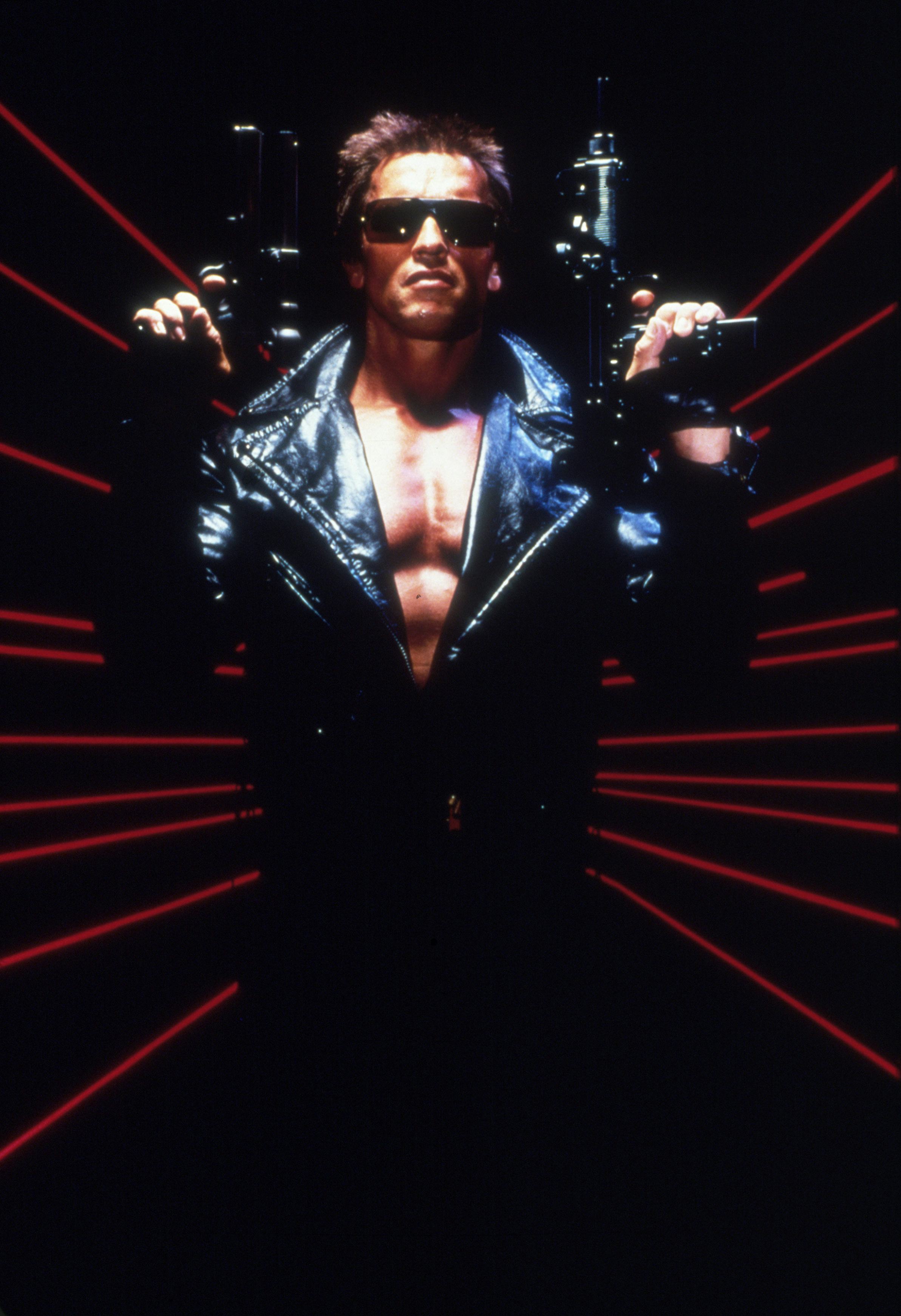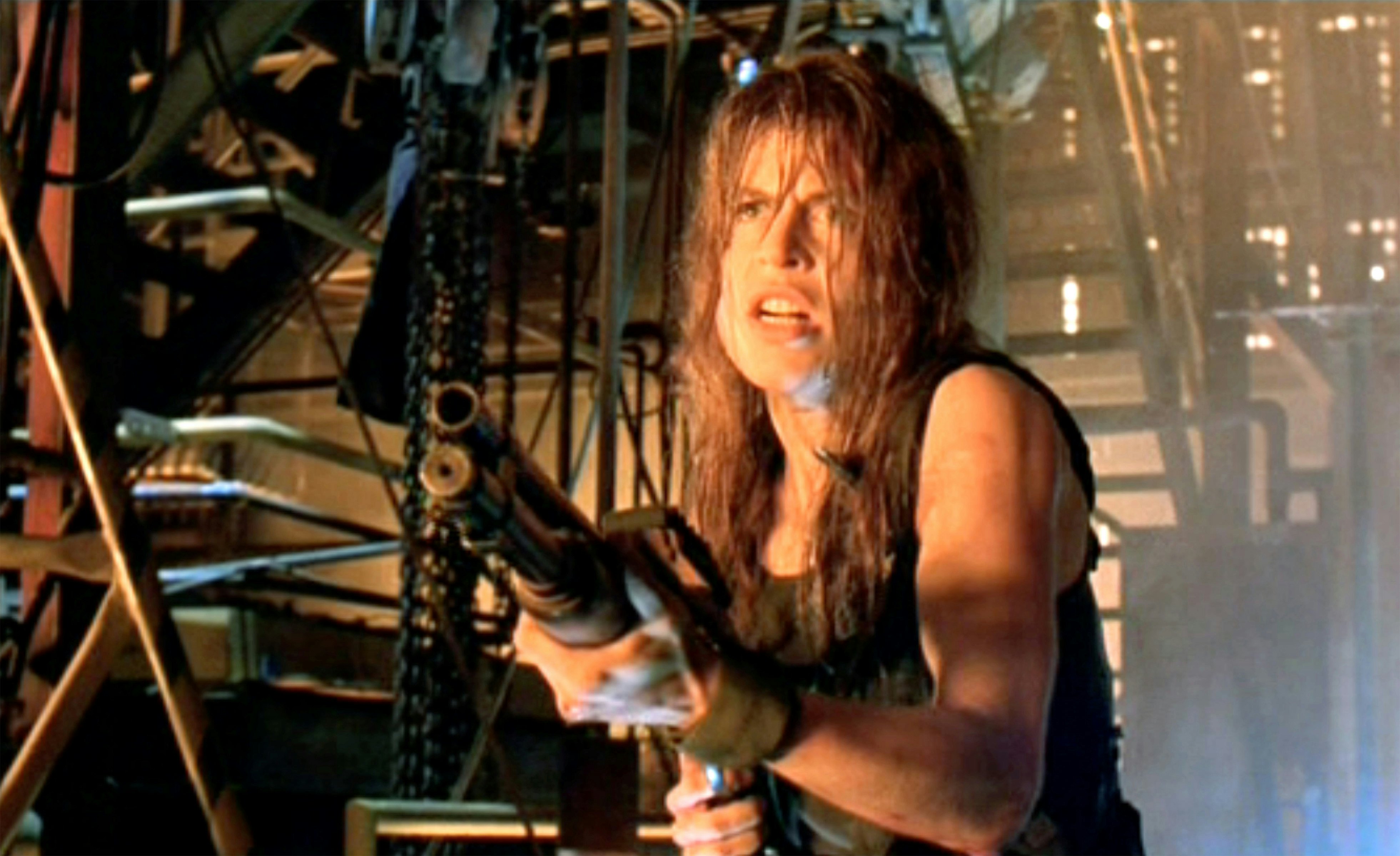
The basic set-up of Terminator, in theory, creates two paradoxes. When the T-800 (Arnold Schwarzenegger) is sent back in time to terminate Sarah Connor (Linda Hamilton) before she can give birth to future Resistance leader John Connor, the AI that controls him, Skynet clearly feels this is a solid plan. But, in sending the T-800 back, Skynet also causes the Resistance to send a human agent back, Kyle Reese (Michael Biehn), who becomes John Connor’s father in the past. So Skynet messed up: Had they not sent the T-800 back in time, they wouldn’t have ever created their own, enemy, right?
In all great science fiction time travel stories, cause and effect don’t behave ordinarily, which is part of the fun. But, what the newest iteration of the Terminator franchise has just done has provided a new explanation not only for the set-up of the first film but the events of the second movie, too. Spoilers ahead.
Terminator: Zero’s new time travel paradigm

In the new anime Netflix series, Terminator: Zero, a separate timeline from the primary timeline of the Terminator series is created and explored. However, in the sixth episode of the show, a character called The Prophet (Ann Dowd) explains that pretty much every single act of time travel inherently creates a new timeline.
“Up until you go back in time that past never happened,” she tells Eiko (Sonoya Mizuno). “You’re traveling to a past that never took place.” The Prophet further notes that every time Skynet sends a Terminator back in time to take out a Resistance leader, Skynet assumes that they can impact the same future from which they came.
But, she says “Skynet gets it wrong” because: “The point you’re traveling to and the point you’re coming from are different timelines... All they’ve really done is swap out one reality for another.”
So, in other words, Skynet has incorrectly assumed that their motivation for using time travel to destroy their enemies will hold, even if they create a timeline where their enemies don’t exist. But, this kind of thinking applies to humans, too.
How “Judgment Day” creates separate timelines

In Terminator and T2: Judgment Day, it's outright stated that Sarah Connor managed to avoid Judgment Day, the moment when the machines take over and Skynet begins exterminating humanity. But if Judgment Day was averted, then how would the Resistance exist at all, and how would Reese have been sent back in time? The answer to this apparent plot hole is neatly solved by the time travel explanation from The Prophet in Terminator: Zero. With this interpretation, once the T-800 was sent back in time, a new past was created, meaning that the T-800 left its original timeline and entered another. Reese coming back in time further changes things, which also splits the timeline. Ditto the “good” T-800 in T2 and so forth.
This is why two apparent outcomes can exist in Sarah Connor’s perception at the same time. She can be aware that in one timeline Judgment Day happened, and that Reese crossed over from that timeline to a different one. In other words, there are, essentially, new Terminator timelines getting created constantly, which is why contradictory events can exist in the franchise without us thinking of those events as plot holes. As the Prophet tells Aiko: “Prevent Judgment Day and you will have made a past for a completely different future.”
So, with all of the overlapping timelines in the Terminator franchise, is it possible to determine which one is the “original” reality? What the Prophet tells us in Terminator: Zero is that wondering about an original timeline versus an alerted one is, in every sense, the wrong question.







